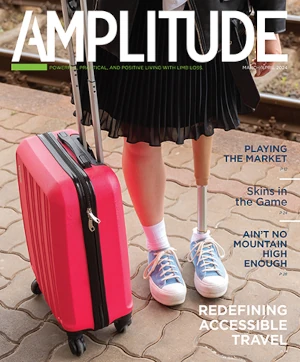People with disabilities make up an increasingly powerful voting bloc heading into the 2020 elections, according to a report by two Rutgers University researchers.
“Despite facing many barriers to voting, people with disabilities are politically engaged and will be a significant part of the electorate in 2020,” said Lisa Schur, JD, PhD, a Rutgers School of Management and Labor Relations (SMLR) professor and co-author of the report. “It’s good for democracy when we see such increased turnout by a group that is historically underrepresented at the polls.”
The researchers analyzed data from the federal government’s Current Population Survey Voting Supplement, which uses six questions to determine whether a person has a disability. Their report finds:
TURNOUT SURGE
49.3 percent of people with disabilities voted in 2018, up from 40.8 percent in the 2014 midterms—an increase of 8.5 percentage points.
POWERFUL BLOC
An estimated 14.3 million people with disabilities voted, surpassing the number of Hispanic/Latino voters (11.7 million) and nearing the number of African-American voters (15.2 million).
FAMILY AFFAIR
An estimated 10.2 million voters live with someone who has a disability. Added to the 14.3 million voters with disabilities, that’s a total of 24.5 million voters in “disability households”—equal to 20 percent of all voters in the 2018 midterms.
GAP REMAINS
The difference in turnout between people with and without disabilities—called the “disability gap”—was 4.7 points. (One exception: There was virtually no gap between employed people with and without disabilities.)
UNTAPPED VOTES
If people with disabilities voted at the same rate as people without disabilities, there would have been an additional 2.35 million ballots cast in the 2018 midterms.
STAYING HOME
Compared to the total electorate, people with disabilities were more likely to cite transportation problems as a reason for not voting and less likely to say they were not interested.
When it comes to voter registration, people with and without disabilities are nearly even. The report finds 65.7 percent of people with disabilities are registered to vote, compared to 67.1 percent of people without disabilities.
This article was adapted from information provided by Rutgers SMLR.
IMAGE: 3desc/stock.adobe.com



